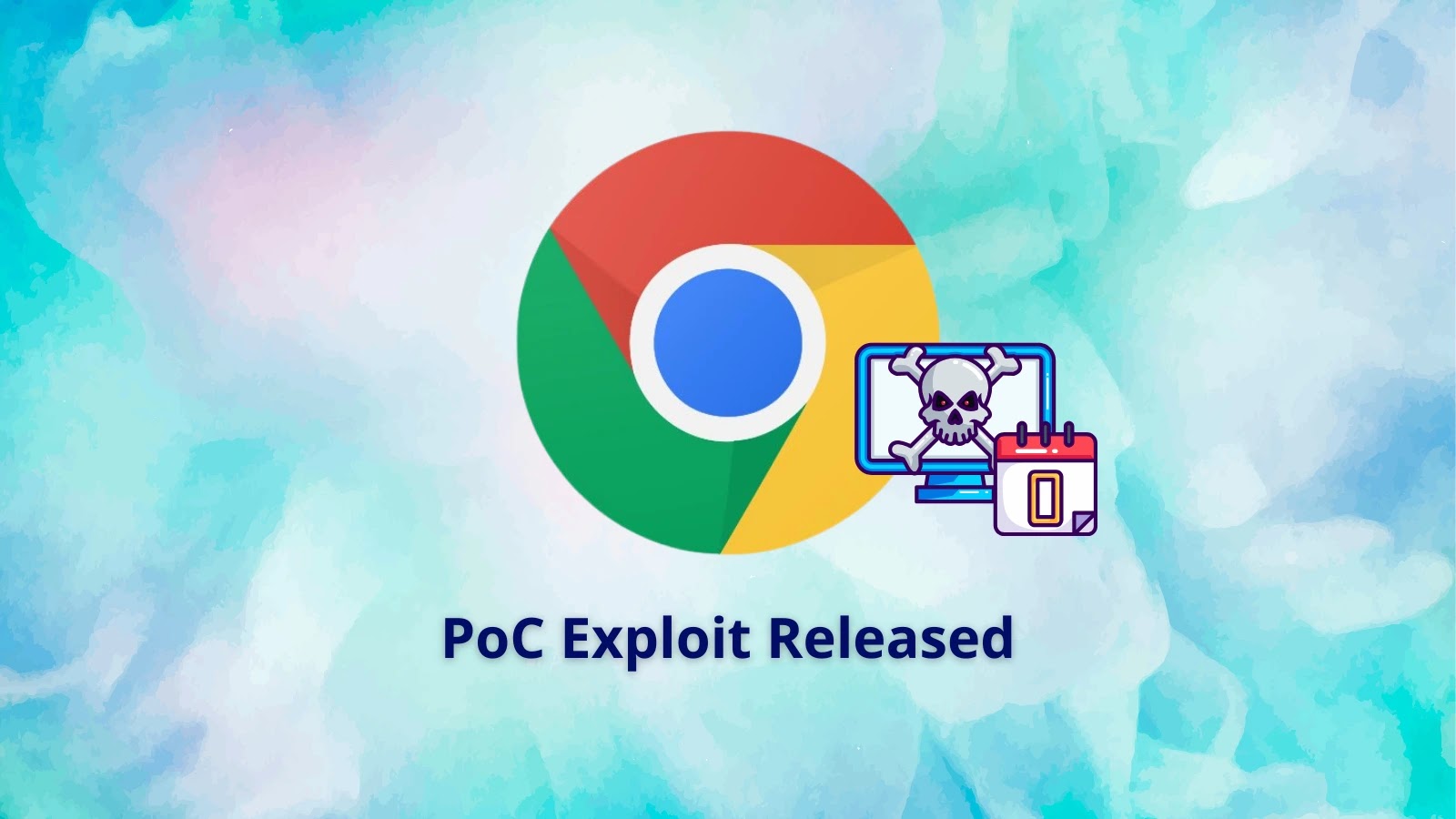
PoC Exploit Released for Chrome 0-Day Vulnerability Exploited in the Wild
Urgent Alert: Chrome 0-Day Vulnerability Exploited in the Wild – PoC Released
In the high-stakes world of digital security, a swift response to vulnerabilities is paramount. Disturbing news has emerged concerning a critical zero-day vulnerability in Google Chrome’s V8 JavaScript engine. Tracked as CVE-2025-5419, this flaw has not only been actively exploited in targeted campaigns but now has publicly available proof-of-concept (PoC) exploit code. This development dramatically increases the risk for unpatched systems, elevating a serious threat to an immediate crisis.
Understanding CVE-2025-5419: The V8 OOB Vulnerability
The core of CVE-2025-5419 lies within the V8 JavaScript engine. Specifically, it’s an out-of-bounds (OOB) read/write vulnerability. An OOB flaw occurs when a program attempts to read or write data outside the valid boundaries of a buffer. In the context of V8, this can allow an attacker to read or write to arbitrary memory locations. Such capabilities are often the building blocks for more sophisticated attacks, including remote code execution (RCE).
- V8 JavaScript Engine: The engine responsible for compiling and executing JavaScript code within Chrome and other Chromium-based browsers. Its integral role means any flaw can have widespread impact.
- Out-of-Bounds Read/Write: This memory corruption vulnerability allows an attacker to bypass memory protection mechanisms, potentially leading to data leakage, tampering, or execution of malicious code.
- Remote Code Execution (RCE) Chain: While an OOB itself isn’t always RCE, it’s a critical primitive that can be leveraged, often in conjunction with other vulnerabilities, to achieve RCE. The fact that this vulnerability is already exploited in the wild suggests a successful RCE chain has been developed by attackers.
The Impact of a Public PoC and In-the-Wild Exploitation
The release of a public PoC exploit code for CVE-2025-5419 is a game-changer for several reasons:
- Increased Attack Surface: With a PoC available, even less sophisticated attackers can now potentially develop working exploits. This democratizes the exploit, moving it from the domain of advanced persistent threats (APTs) to a broader range of malicious actors.
- Broadened Target Scope: While initial exploitation was observed in “targeted campaigns,” the release of a PoC means a general uptick in opportunistic attacks is highly probable. Any user running an unpatched version of Chrome becomes a potential target.
- Race Against Time: This situation creates a critical race between defenders rolling out patches and attackers leveraging the PoC. Every minute an unpatched system is connected to the internet, its risk exposure increases significantly.
Remediation Actions: Protecting Against CVE-2025-5419
Immediate action is required to mitigate the risk posed by CVE-2025-5419. Given the active exploitation and public PoC, IT professionals and individual users must prioritize these steps:
- Update Google Chrome Immediately: This is the most crucial step. Google has undoubtedly released or is in the process of releasing an emergency patch. Users should navigate to
Settings > About Chrometo trigger an update. Enable automatic updates if not already configured. - Educate Users: Inform users within your organization about the criticality of this update. Encourage vigilance regarding suspicious links and unsolicited downloads. While patching is key, user awareness remains a vital layer of defense.
- Implement Browser Isolation: For environments handling sensitive data, consider browser isolation technologies. These solutions run browser sessions in a secure, isolated container, preventing malicious code from reaching the endpoint’s operating system.
- Monitor Network Traffic for Anomalies: Increase monitoring for unusual network activity originating from browser processes. Look for outbound connections to suspicious IP addresses or domains.
- Deploy Endpoint Detection and Response (EDR): EDR solutions can provide an additional layer of defense by detecting post-exploitation activities and suspicious behaviors on endpoints.
Tools for Detection and Mitigation
Leveraging the right tools can significantly aid in detecting and mitigating vulnerabilities like CVE-2025-5419.
| Tool Name | Purpose | Link |
|---|---|---|
| Google Chrome Management Tools | Centralized deployment and management of Chrome updates for enterprises. | https://chromeenterprise.google/browser/download/ |
| Patch Management Systems | Automated patching and vulnerability management across an organization’s endpoints. | Varies by vendor (e.g., Microsoft SCCM, Tanium, Ivanti) |
| Web Application Firewalls (WAF) / Next-Gen Firewalls (NGFW) | Can help block known malicious domains and detect suspicious web traffic patterns. | Varies by vendor (e.g., Cloudflare, Palo Alto Networks, Fortinet) |
| Endpoint Detection and Response (EDR) Solutions | Detects and responds to suspicious activity and potential exploitation on endpoints. | Varies by vendor (e.g., CrowdStrike, SentinelOne, Microsoft Defender for Endpoint) |
Conclusion: Stay Vigilant, Act Decisively
The release of a PoC exploit for CVE-2025-5419, a Chrome zero-day already exploited in the wild, underscores the dynamic and often perilous nature of cybersecurity. This is not a theoretical threat; it is an active one demanding immediate attention. Prioritize patching, reinforce user awareness, and leverage security tools to protect your systems. Proactive defense and swift action are the most effective countermeasures against such critical vulnerabilities.





